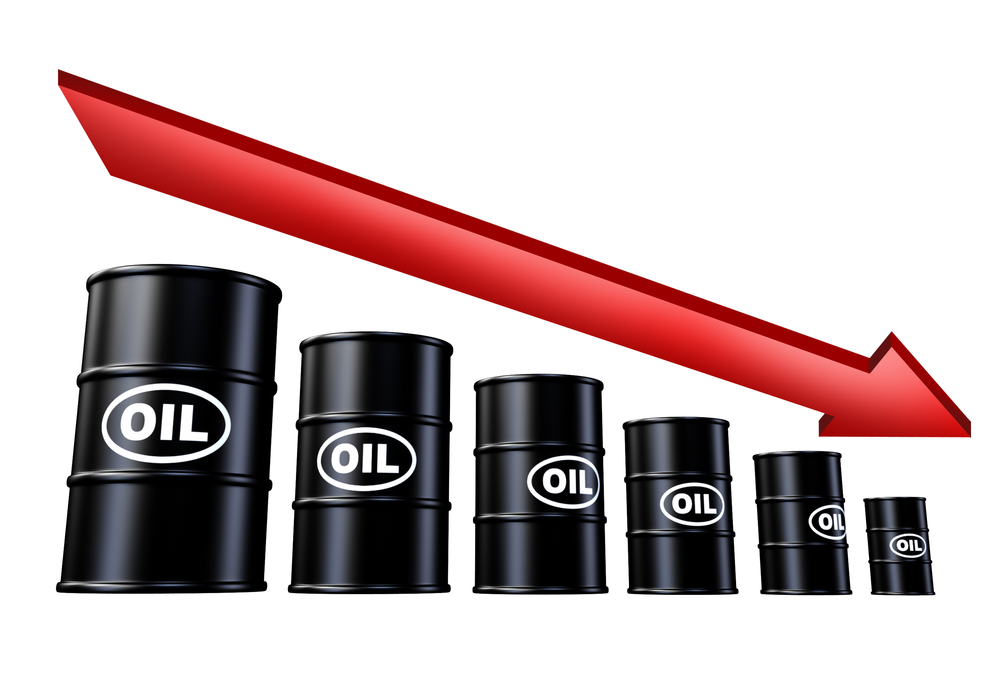Many of the world’s largest dairy importing nations are oil exporters. A recovery in the oil price will help boost the buying power and demand from these markets.
The price of Brent crude oil climbed above the $40/barrel mark this week for the first time since December, as oil prices continue to recover since plunging below $28/barrel in late January. The price has now jumped almost 50{b28040870e2dde01f25bc5b483275391226143b34751c4bb8f1feeecaec925a1} since the low ebb in January and many believe the oil market may finally have found a floor.
Investors and traders have begun unwinding bearish or short positions on oil, as the prospect of oil prices falling as low as $20/barrel diminishes. Sentiment in the oil market is improving ahead of a meeting of major oil producers next month to discuss possible production freezes.
Added to this, there are signs that US oil production, which has surged since 2010 on the back of increased output from shale producers, is slowing down, with output in decline for past six weeks.
What it means for dairy
If a floor has truly been put under the market and a real recovery in oil prices is on the way, there are positives for the dairy markets in this. Since oil prices first began to fall in 2014, the buying power of oil-dependent economies has been severely curtailed. Many of these countries are major importers of dairy commodities and play a vital role in the global dairy trade market.
Countries such Algeria, Libya, Nigeria, Iraq, Saudi Arabia and the United Arab Emirates are all major dairy importers and the dwindling oil price has made them less active in the market. For example, two of the EU’s most important markets for milk powders have significantly decreased their imports in 2015.
Algeria has traditionally been the EU’s most important market for both milk powders. While it still remains the biggest market for skimmed milk powder (SMP) and the second-biggest market for whole milk powder (WMP), data shows that exports to Algeria in 2015 for both powders declined by 26{b28040870e2dde01f25bc5b483275391226143b34751c4bb8f1feeecaec925a1} and 48{b28040870e2dde01f25bc5b483275391226143b34751c4bb8f1feeecaec925a1} respectively.
Similarly, exports for both milk powders to Nigeria, a massive market with a population of more than 180m people, also fell significantly last year, with SMP exports back 34{b28040870e2dde01f25bc5b483275391226143b34751c4bb8f1feeecaec925a1} and WMP exports back 23{b28040870e2dde01f25bc5b483275391226143b34751c4bb8f1feeecaec925a1}.
Competitive pricing
While some market share was undoubtedly lost in these countries due to more competitive tender pricing from New Zealand and South American exporters, the main reason for the declines is undoubtedly buying power.
And while $100/barrel still seems a long way off for oil prices, even the slightest recovery in prices will be welcomed by the oil-exporting nations of the world. Any recovery in the buying power of these markets is certainly welcome news for dairy markets.


